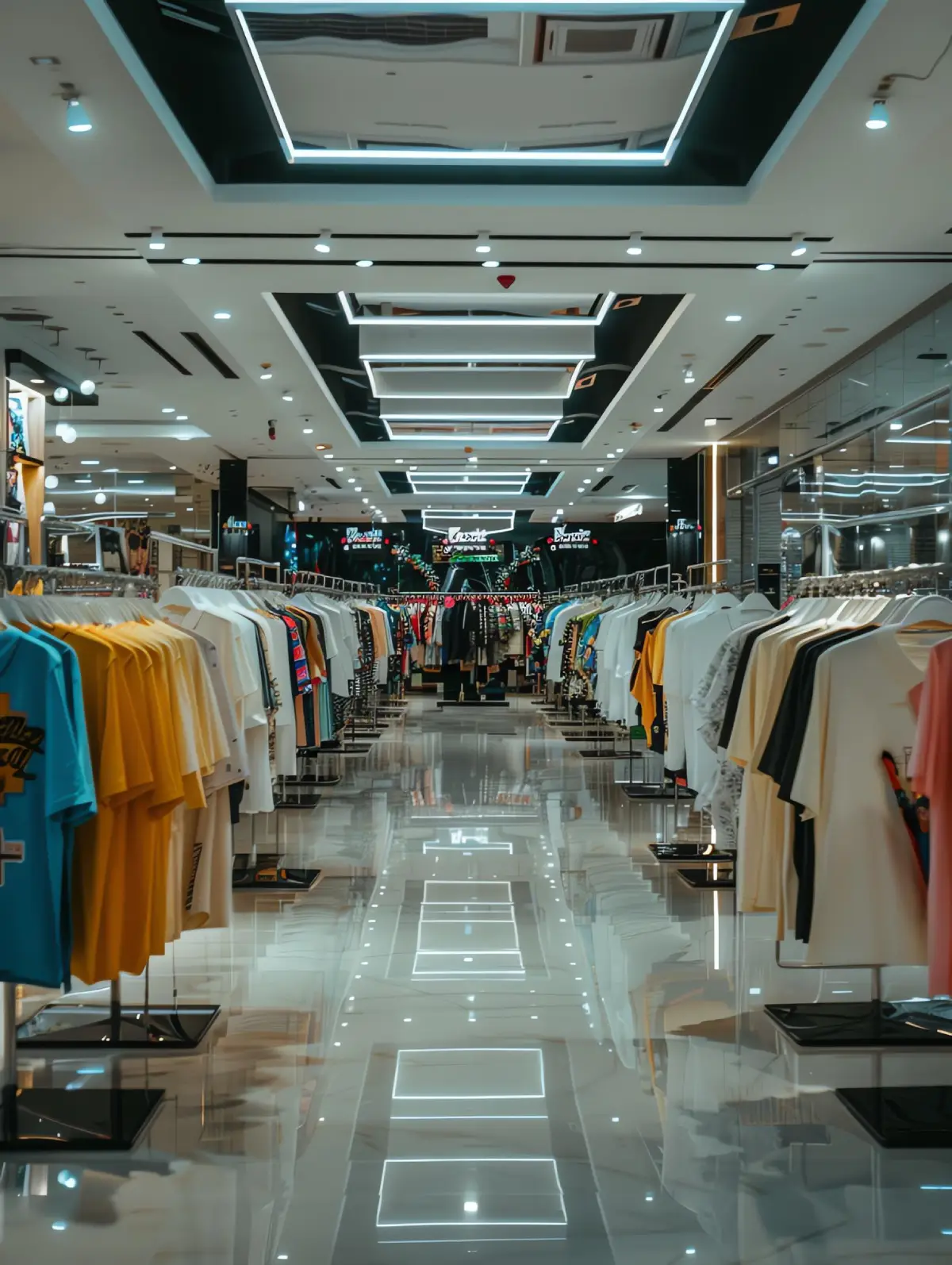The retail industry faces distinct challenges that demand innovative solutions to enhance efficiency, customer experience, and profitability. Next-generation technologies such as Artificial Intelligence (AI), IoT sensors, Machine Learning (ML), automation, chatbots, and Large Language Models (LLMs) can address these challenges effectively. This article outlines the key challenges in retail, tailored IT solutions, and detailed case studies with cost-benefit analysis, including real-time data integration and analytics.
In-House Engineers
Customer Satisfaction
We Have Completed
Client’s Reviews
Key Challenges in Retail
- Inventory Management
- Personalized Customer Experience
- Supply Chain Optimization
- Operational Efficiency
- Customer Engagement and Support
- Fraud Detection and Prevention
Tailored IT Solutions
- AI and Machine Learning for Inventory Management
- IoT Sensors for Supply Chain Optimization
- AI and ML for Personalized Customer Experience
- Automation for Operational Efficiency
- Chatbots and LLMs for Customer Engagement
- Real-Time Data Integration and Analytics for Fraud Detection

AI and Machine Learning for Inventory Management
Challenge
- Efficiently managing inventory to reduce stockouts and overstock situations.
Solution
- Implement AI and ML algorithms to predict demand and optimize inventory levels.
Cost-Benefit Analysis
- Initial Cost: $500,000
- Annual Maintenance: $100,000
- Annual Savings: $400,000 (from reduced stockouts and overstock)
- ROI Period: 1.5 years
Case Study: Walmart’s AI-Driven Inventory Management
Implementation
- AI algorithms to forecast demand and manage inventory.
Cost
- Initial setup cost of $500,000, with annual maintenance of $100,000.
Benefit
- Reduced stockouts by 30%.
- Decreased overstock by 25%.
- Improved inventory turnover by 20%.
IoT Sensors for Supply Chain Optimization
Challenge
- Optimizing supply chain operations to ensure timely delivery and reduce losses.
Solution
- Deploy IoT sensors to track shipments and monitor environmental conditions in real-time.
Cost-Benefit Analysis
- Initial Cost: $750,000
- Annual Maintenance: $150,000
- Annual Savings: $500,000 (from reduced losses and improved efficiency)
- ROI Period: 2 years
Case Study: Amazon’s IoT-Enabled Supply Chain
Implementation
- IoT sensors for real-time tracking and condition monitoring.
Cost
- Initial setup cost of $750,000, with annual maintenance of $150,000.
Benefit
- Reduced supply chain losses by 20%.
- Improved delivery times by 15%.
- Enhanced overall supply chain visibility.
AI and ML for Personalized Customer Experience
Challenge
- Providing a personalized shopping experience to increase customer satisfaction and loyalty.
Solution
- Use AI and ML to analyze customer data and deliver personalized recommendations and offers.
Cost-Benefit Analysis
- Initial Cost: $300,000
- Annual Maintenance: $60,000
- Annual Savings: $250,000 (from increased sales and customer retention)
- ROI Period: 1.5 years
Case Study: Sephora’s AI-Powered Personalization
Implementation
- AI and ML models to personalize product recommendations and offers.
Cost
- Initial setup cost of $300,000, with annual maintenance of $60,000.
Benefit
- Increased average order value by 20%.
- Improved customer retention by 15%.
- Enhanced overall customer satisfaction.
Automation for Operational Efficiency
Challenge
- Enhancing operational efficiency and reducing manual labor costs.
Solution
- Implement automation solutions for processes such as billing, inventory updates, and customer service.
Cost-Benefit Analysis
- Initial Cost: $400,000
- Annual Maintenance: $80,000
- Annual Savings: $300,000 (from reduced labor costs and increased efficiency)
- ROI Period: 1.5 years
Case Study: Zara’s Automated Inventory Management
Implementation
- Automation of inventory management and billing processes.
Cost
- Initial setup cost of $400,000, with annual maintenance of $80,000.
Benefit
- Reduced labor costs by 25%.
- Increased operational efficiency by 30%.
- Improved accuracy in inventory records.
Chatbots and LLMs for Customer Engagement
Challenge
- Providing timely and effective customer support and engagement.
Solution
- Develop chatbots and LLMs to handle customer inquiries, provide product information, and assist with orders.
Cost-Benefit Analysis
- Initial Cost: $200,000
- Annual Maintenance: $40,000
- Annual Savings: $150,000 (from reduced support costs and improved customer satisfaction)
- ROI Period: 1.5 years
Case Study: H&M’s AI Chatbot for Customer Service
Implementation
- AI-powered chatbot for symptom checking and health advice.
Cost
- Initial setup cost of $200,000, with annual maintenance of $40,000.
Benefit
- Improved customer satisfaction by 20%.
- Reduced burden on customer service representatives.
- Enhanced customer interaction and engagement.
Real-Time Data Integration and Analytics for Fraud Detection
Challenge
- Detecting and preventing fraudulent activities to safeguard revenue and customer trust.
Solution
- Implement real-time data integration and analytics to monitor transactions and identify suspicious activities.
Cost-Benefit Analysis
- Initial Cost: $500,000
- Annual Maintenance: $100,000
- Annual Savings: $600,000 (from reduced fraud losses)
- ROI Period: 1 years
Case Study: Target’s Real-Time Fraud Detection System
Implementation
- Real-time data analytics platform for fraud detection.
Cost
- Initial setup cost of $500,000, with annual maintenance of $100,000.
Benefit
- Reduced fraud losses by 40%.
- Improved transaction security.
- Enhanced customer trust.
Conclusion
Integrating AI, IoT, ML, automation, chatbots, and LLMs in the retail industry addresses critical challenges and opens up new opportunities for growth and efficiency. The detailed case studies and cost-benefit analyses demonstrate the significant potential of these technologies to enhance inventory management, personalize customer experiences, optimize supply chains, improve operational efficiency, engage customers effectively, and detect fraud. By leveraging these next-generation solutions, the retail industry can become more resilient, efficient, and future-ready, ultimately leading to improved customer satisfaction and increased profitability.




